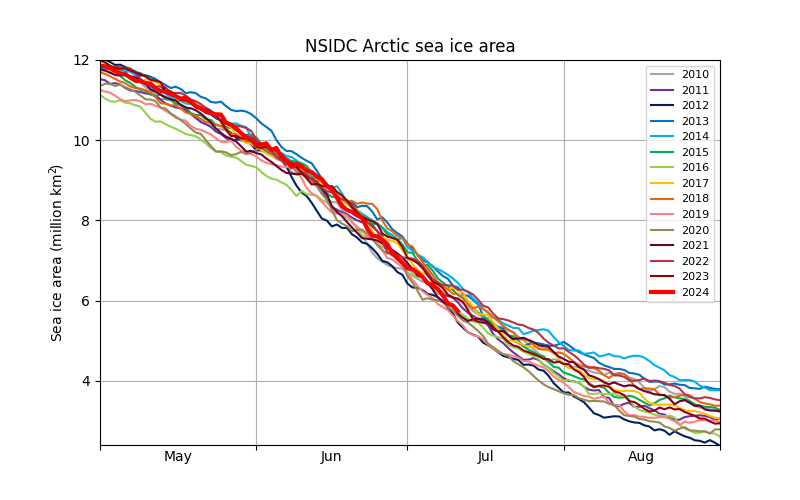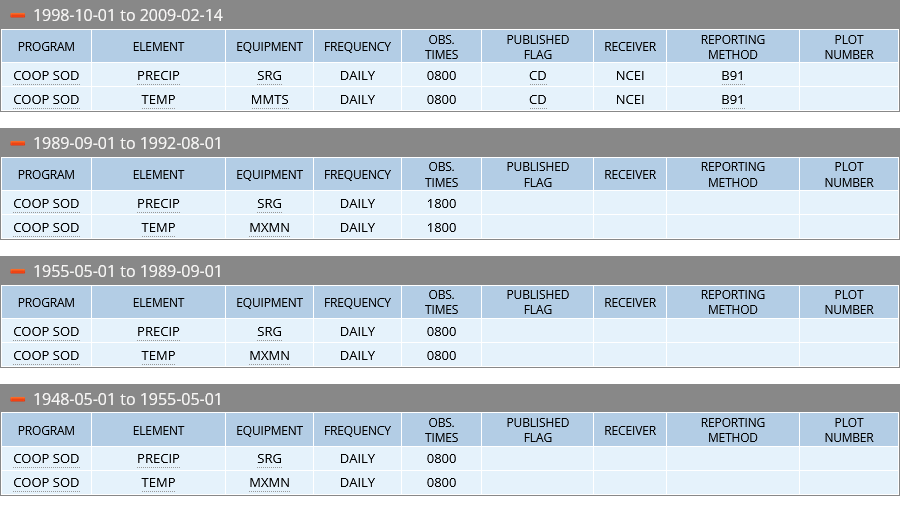
chubbs
Members-
Posts
4,059 -
Joined
-
Last visited
Content Type
Profiles
Blogs
Forums
American Weather
Media Demo
Store
Gallery
Everything posted by chubbs
-
Area continues to tumble despite benign weather, as big Pacific losses continue. Clearly a 3 horse race now.
-
Per linked paper, the reflectivity of sea ice has decreased since 1980. SIRE in Figure below is sea ice radiative effect. The arctic decline has been steady, while the Antarctic experienced a regime change in 2016. "The planetary cooling effects of Arctic and Antarctic sea ice during 2016–2023 were about 20% and 12% less, respectively, than they were during 1980–1988. Disappearing sea ice is therefore amplifying climate change by causing Earth to absorb roughly an additional 0.3 W m−2 of solar power for each degree Celsius of global warming, a feedback that is stronger than that simulated by most climate models." https://agupubs.onlinelibrary.wiley.com/doi/10.1029/2024GL109608
-
Big area drop yesterday leaves 2024 #1. Area is jumpy and there was some flash melting ytday in the Beaufort that may come back to life in the next couple of days. Still this is turning out to be a big melt year. Key metrics like area and volume have been dropping fast since mid-June. Top 3 looking more and more likely.
-
With current spike in global temperatures, looking more and more like Hanson was right about a new record this year. We aren't seeing much of a drop in temperatures yet as we transition away from nino. Still clear of pre-2023 years.
-
Looks like typical Martz BS. Martz chart doesn't match NOAA or UAH6 satellite data (below). He's missing a lot of warming. Even NOAA is underestimating warming since 2012 if UAH6 is right. Of course there is no info on how Martz calculates the US average temperature. As we've seen with your "county averages", plenty of options for errors or other mischief. Merely averaging the data will skew the results as the US network has shifted in time. Per chart above I doubt that Martz is using a proper station weighting; i.e, 3 stations close together shouldn't get the same weight as one that doesn't have any close neighbors. That will weight populated areas too heavily. Another reason to discount Martz chart: bias adjustments on modern stations are very small, there shouldn't be a big discrepancy between raw and bias adjusted. Bdgwx has posted charts showing how well the recent US station data lines up with rural stations that are carefully selected to track climate changes. Our Chester County deep dive has shown that the Chester County bias adjustments are completely justified. The Chesco COOPs were biased warm and the problems could be easily identified by comparing to nearby sites. Stations were moved out of towns to cooler locations, experienced time of day bias, and ran warm at times probably due to shelter/location issues with non-aspirated thermometers. Finally If Martz has good scientific evidence he should publish in a technical forum. As discussed above I doubt the chart would survive a peer review. In the para above he is using handwaving arguments. His statements on TOBS smack of complete BS. We know that stations experienced TOBS because the observation times are known. The impact of TOBS has already been established in published papers that are linked in this thread. Instead of producing evidence, Martz is using name calling . In short he's following the denier playbook: misleading analysis, faulty logic, no evidence, name calling, etc.
-
LOL you want to get rid of the one station that hasn't moved. UHI warming? Phoenixville is on the water company reservoir property. Hasn't changed much at all as far as I can tell. West Chester and Coatesville have a reverse heat island effect. Both moved out of built up areas to cooler locations. Shows clearly in the station temperature data. Why don't you toss them instead? Your denier bias shows when you discuss NOAA's motivation. Complete BS on your part. NOAA is trying to get the right answer, using science, and succeeding. All the stations in Chesco are warming at about the same rate, including Phoenixville, and your house. NOAA splits the uprights. All Chesco raw data. No adjustments needed once we get past the big station moves.
-
Despite its warm spike in the 1930s-1950s, Phoenixville shows considerable warming over the past 130 years in-line with NOAA. The only long-term Chesco station that didn't move to a cooler location. 100% raw data. Our deep-dive over the past several months has supported NOAA 100%.
-
Not sure what point you are making in the first para, but you are focusing on unimportant points. The county or state borders are irrelevant and I haven't seen any "stations that don't exist". Sounds like a denier fairy tale. The West Chester adjustments in the 1940s are set by the 1970 move. The West Chester move caused roughly 2.4F cooling. I get an average adjustment in the 1940s of 2.2F. Again these adjustments are data driven. The chart I posted above showed the sudden West Chester cooling in 1970 relative to nearby stations. Easy to see where the bias adjustments for West Chester come from. Would bias the result if the "chilling" move was not accounted for. Your view of NOAA and science is a strawman.
-
Is concerning. The study linked above was based on 2023 data at Mauna Loa. Data so far this warm season shows an unusually small decline in CO2. We'll see if it can be explained by weather or some other factor.
-
First lets clear one thing up. NCEI doesn't chill anything. The bias adjustments come entirely from the data collected at other stations. The Coatesville station changes were identified by the other stations, not NOAA. If Coatesville didn't have changes vs other stations it wouldn't get bias adjustments. How do we know? The method has been well tested. Per chart below big changes occurred at Coatesville that were not related to station moves. and some moves had very little impact on temperatures. All based on comparison to other stations. Adding Sadsburyville doesn't change the fact that Coatesville had more 95 days than other stations in the region (95F days by decade below). Over time Coatesville changed from having more 95 days than Philadelphia and the Newark De Ag farm, to having roughly the same, to having less. Overall the 95 degree day data is consistent with the bias adjustments Coatesville receives through the years. The Doe Run Rd site should have fewer 95 days than Philadelphia. 95F days isn't the whole story of course, we've also seen that low temperatures dropped with the move to Doe Run Rd. There could have been other changes as well. You are the guy who is altering Chesco's climate information. While NOAA's method is proven, your is deeply flawed. It is well known that taking a simple average of a changing network skews the result. Not sure why it is so hard for you to accept that simple fact. Imagine thinking that the City of Coatesville, the town of West Chester and Phoenixville are a good representation for all of Chester County. Here's a homework assignment for you. Find current stations in the city of Coatesville, the town of West Chester, combine with Phoenixville and compare to your current network. I am betting that the average of those three stations will be much warmer than the county as a whole. We already know that Phoenixville is warmer.
-
Adjustments start from the present and work back in time. Since the rural Doe Run site is the most recent, it sets the baseline. The more urban sites are adjusted to match Doe Run.
-
My reading of the NCDC docs is that the station was located at or near the weather bureau office, which had several downtown locations from 1870s to 1950s when it moved to airport. Airport obs started in 1940 and there was some cooling based on a comparison to nearby sites.
-
As usual you are all talk and no evidence. Coatesville and West Chester had a clear reverse heat island effect. Moving from more to less urban sites. If there wasn't a "dust bowl" in Philadelphia or Delaware, there wasn't one in Chester Co.
-
I posted the chart and table previously. The Phoenixville spike in 95F days in the 30s is completely spurious. It was shown upthread that Phoenixville ran warm in the afternoon and had a warm time of day bias. It was also shown that Coatesville and West Chester were in warmer, more urban locations, in the 30s and 40s. Unlike Phoenixville, July 36 was a normal month in Philadelphia, much cooler than the current July, Sorry no dust bowl in Chester County. Not even close.
-
The paper Bluewave linked is the best I have seen. Would expect any cooling to flip to a very small warming as water persists in the stratosphere. We'll see what future papers say about 2023 and HT.
-
Latest blog from Tamino on how fast it is warming. Chart below adjusts temperatures for natural factors: enso, volcanoes and solar. Last dot is year-to-date. The enso adjustment Tamino is using appears to work for the cooling phase of enso cycles but not recent warming phases. 2015 and 2023 in particular step-up more than expected, giving the chart a staircase look. Not a stairway to heaven either. https://tamino.wordpress.com/2024/07/10/how-fast/
-
Yes, NOAA makes perfect sense when you compare to nearby stations and factor in station moves. To say nothing about regional and global warming.
-
Won't be able to check till I get back from shore.
-
The guy is a denier, not a climate scientist, who has been dismissing CO2 GHG warming for years. Now he is touting GHG warming from water vapor in the stratosphere. I don't think so. He lost me right at the start with handwaving arguments, so I didn't bother to read. The blog below gives a good update on HT from a scientist. Note the part on the minimal importance of GHG effects in the stratosphere vs troposphere, based on calculations not handwaving. The water from HT went into the wrong spot to cause much GHG warming. The mid and upper troposphere is also very dry and far from greenhouse saturation, but there is much more material to radiate outwards in the troposphere because pressures are much higher. In other words, the para that you quoted above about the troposphere vs stratosphere is complete BS. https://www.theclimatebrink.com/p/the-climate-impact-of-the-hunga-tonga
-
Here are the local temperatures before and after the West Chester move in 1970. The move to a more rural location dropped West Chester temps close to Coatesville and NOAA. Looks like a reverse heat island effect impacted 2 of the 3 main Chesco COOP stations.
-
Not clear? ALL THE BIAS ADJUSTMENTS ARE MADE TO THE STATION DATA. Stations have adjustments, not counties, not states, not climate divisions, etc.. I showed you how to access the station adjustment information upthread. Not the first time either. Answering a previous question, I posted the Phoenixville chart below about a month ago; and got a very snide response. There are two main periods with Phoenixville adjustments: the warm spike in the mid 20'th century, that we have already identified and a cool period in the 1980s and 90s. West Chester (also below) appears to be similar to Coatesville, with a likely move-related cooling. The last move to a suburban site occurred in 1970. Since that time bias adjustments have been minimal. The only exception is a big spike around 1990, when the time of observation changed. The bias adjustments that we have investigated are justified and accurate. The past months deep dive into Chesco's climate data has left NOAA smelling like a rose. Thanks for kicking it off. https://data.giss.nasa.gov/gistemp/station_data_v4_globe/
-
Could you elaborate on the strong PV. Haven't been following since last winter to be honest. Is there any relation to the current melt season which has accelerated from slow to fast in the past couple of weeks or are they completely (Doesn't appear to be).
-
Here is the raw and bias-adj values for Coatesville 1SW. Bias adjustment starts today and works backward, so the Doe Run Road site sets the baseline for Coatesville 1SW. Bias adjustments are small for Coatesville 1SW after the move to a rural site in 1948. Note there are some small cooler adjustments in the 1970s. Before 1948 the bias adjustments are variable, reflecting the many moves and other station changes, but generally increase with time. The adjustments are largest for the 1893 to roughly 1920 period. This agrees well with the 95F+ chart I posted earlier and other charts I have posted over the years in various forums. Coatesville has more hot days in that period than other stations in this region, including stations outside the county in warmer locations, like Philadelphia. Per your question, sounds like you are still having problems understanding NOAA's methods, despite my previous explanations. Here is one more attempt. ALL THE BIAS ADJUSTMENTS ARE MADE TO THE STATION DATA. There are no further adjustments once the station adjustments have been made. THE OLDER COOP STATIONS ARE IN WARM LOCATIONS. Not surprising that the county average is warmer than the station results. The same thing occurs today. Phoenixville is always warmer than the county average. After the stations have been bias adjusted, NOAA maps the station values to a 5 by 5 km grid across the country. At this point the County boundary has not played any role. Why would it? The atmosphere doesn't care about the county boundary. Only at the very end are values for the county, climate division (SE PA Piedmont), state, etc, calculated from the 5 by 5 km gridded values.
-
And there is more. Per NCDC, West Chester also changed the time of observation. At 8AM between 1952 and 1989, at 6PM between 1989 and 1992, and at midnight when a digital system was installed in 1998.

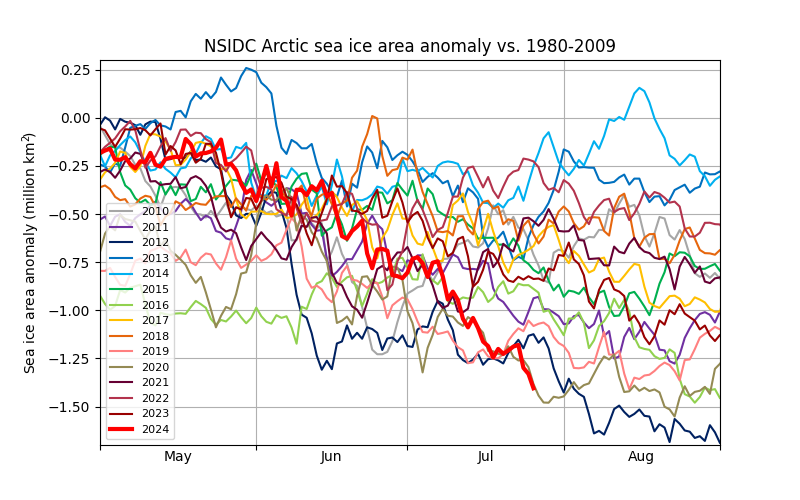

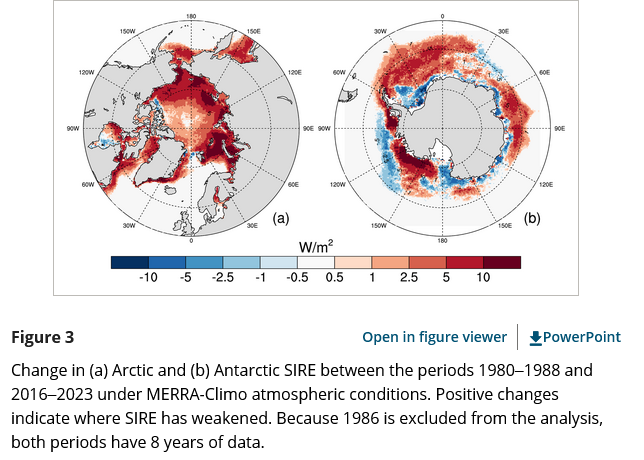
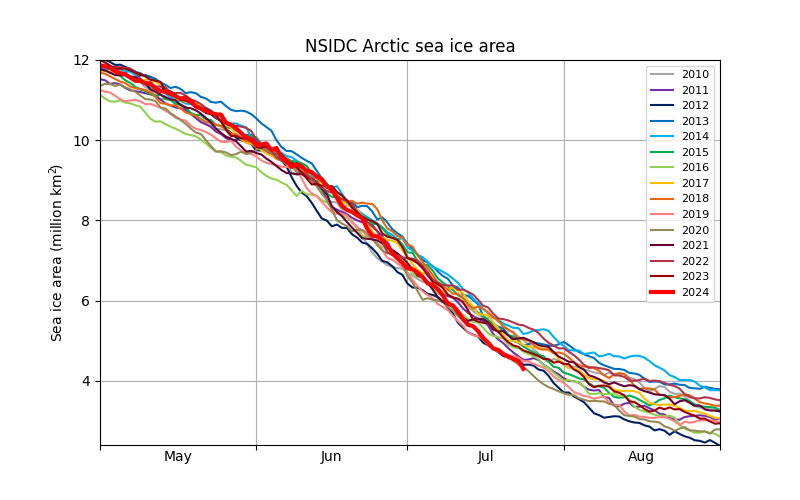
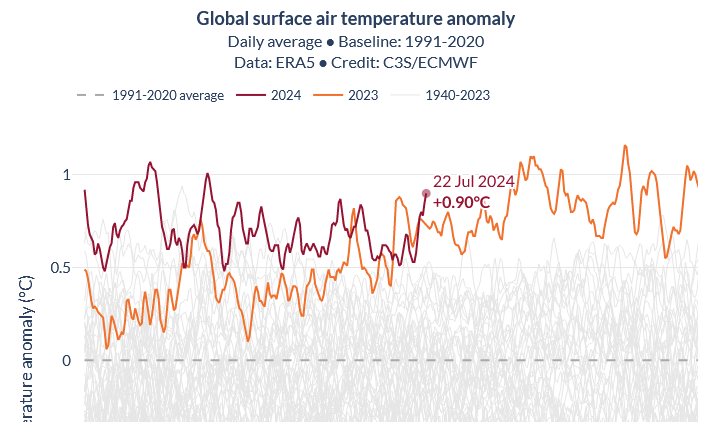


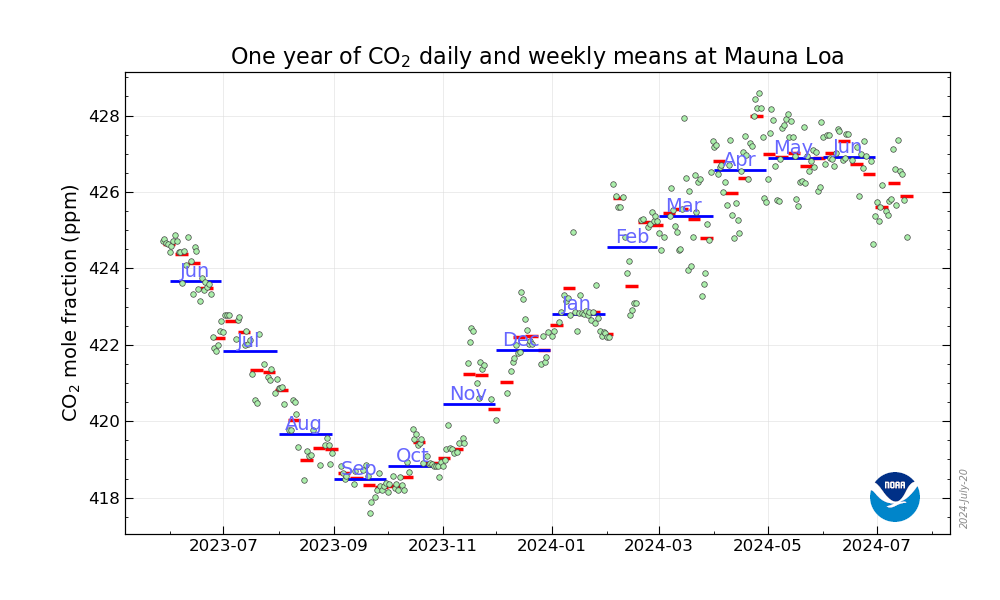

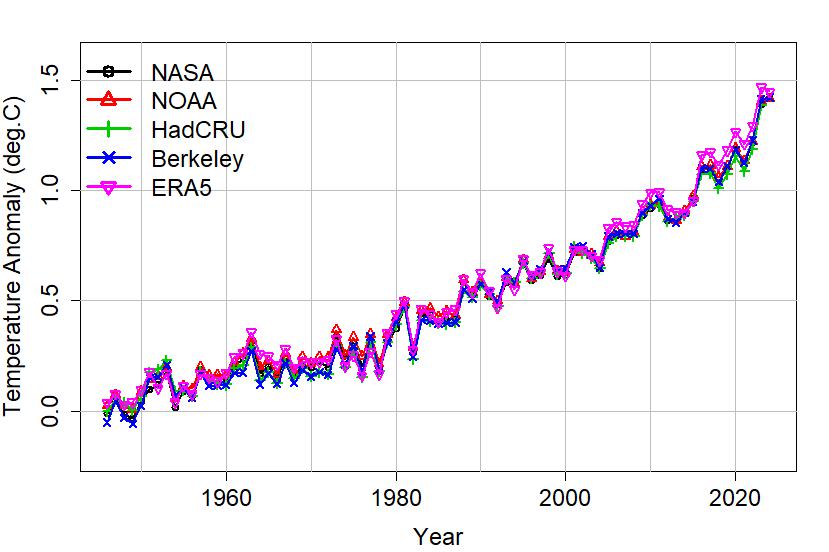

.png.082bfd3e2825f51098f251c53b035084.png)

